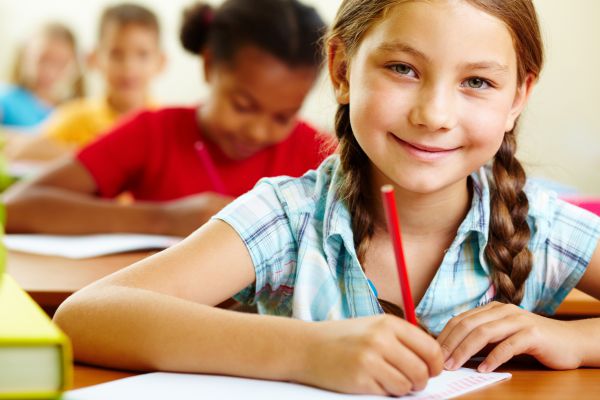
Right to Education is an act in constitution which states that every child between 6 to 14 years of age has a right to get education. If he/she does not have the living standards to get the education, the government must provide education for him/her for free. With this act which came into act from 2010, India joined one of 135 country club which had made primary education to every child compulsory. Central government had estimated the need of US$38.2 billion to implement the bill. Though the estimation increased to 135% by 2011, government agreed to implement the bill. There are even predictions to implement the bill up to 16 years of age. This act is implemented by Ministry of Human Resource and the department is trying very hard to implement successfully and achieve 100% child education.
Indian government is trying very hard to improve the educational facilities in the rural areas. Maintaining several government schools already and government still have the plans to set up a primary school for every 10kms of area. There is a lot of difference between providing education versus providing quality education. Indian education standard is very low and there is an urgent need to improve the standards of education. India is a vast country and in the every region the regional language dominates. It is a big burden for government to provide quality education in the regional languages and government is trying very hard to overcome it. India is a vast country and the population is very high. Though from the time of Independence it has progressed much there is much more to achieve. The illiteracy rate is gradually decreasing and the government’s efforts had started showing results. Even illiterate people are also knowing the need of education and trying to give quality education to their children.
In India there are instances where small children below age 15 go with their parents for working in fields, restaurants etc. The living standard of the people in the north eastern states is very low and there is an immediate need to improve the education standards there. There are even steps taken by the government to provide adult education which will ultimately result in sending their children to schools. There are schools run by government, sponsored by government, schools run by several sponsors where the child can get education at minimum cost. Schemes like Madyana Bhojana Phadhakam, Jawahar Navodaya Vidyalam etc. are attracting children to schools like never before.
There is criticism on RTE act that much of these funds allocated are manipulated and gone into the pockets of politicians. There are steps need to be taken for the efficient implementation of the bill in like India, where the GDP and Education standards are quite low when compared with other countries.
About the Author:
The guest post was contributed by Sophie, guest blogger from Manchester, UK. Apart From Blogging she does research on child tax credit helpline

